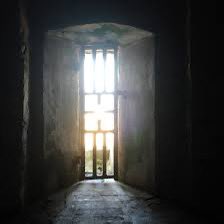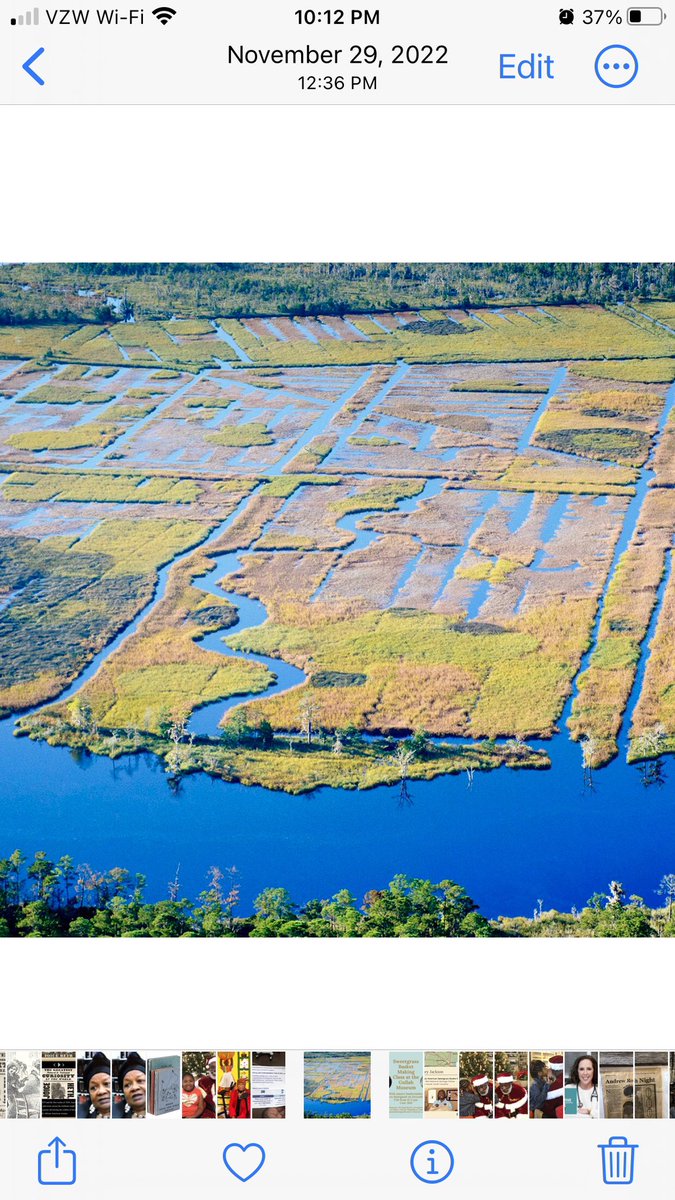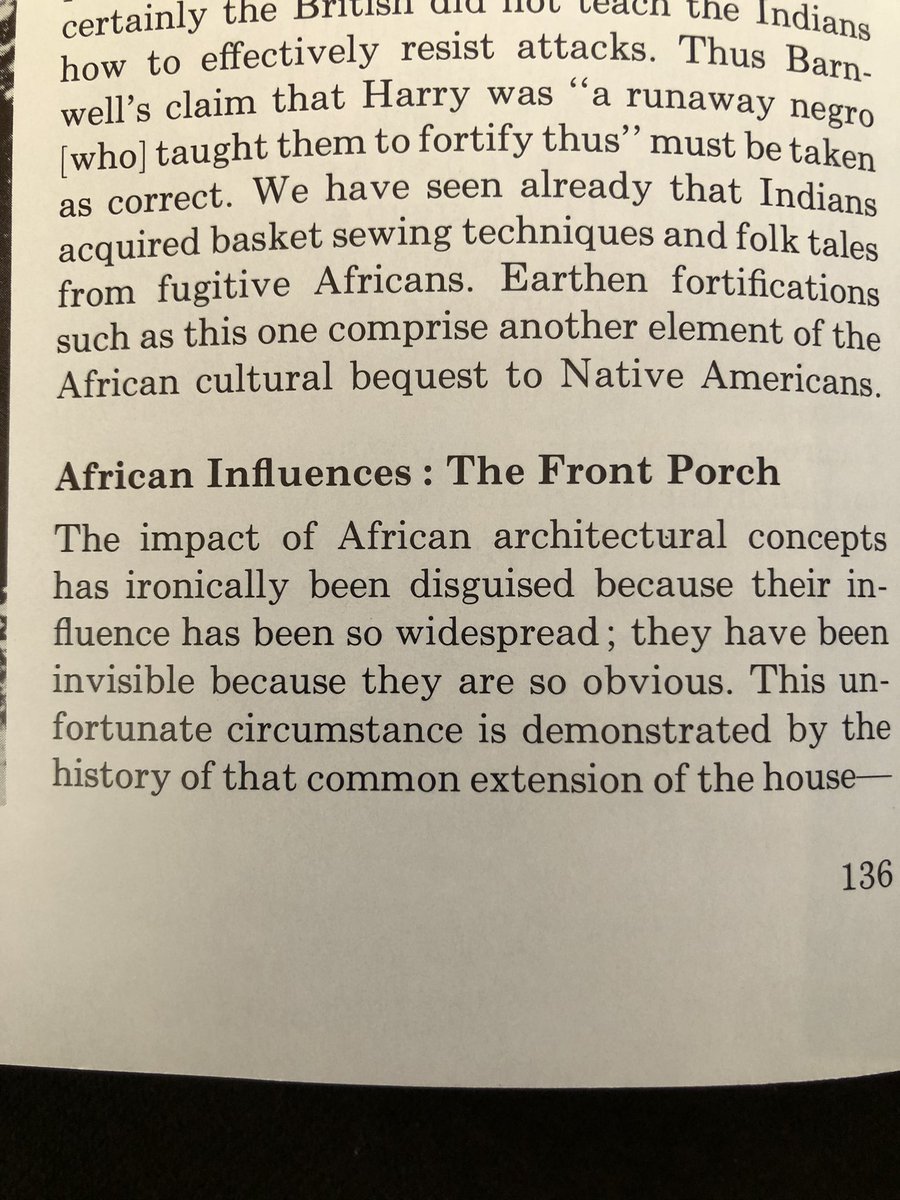Some of the African ancestors of the Gullah Geechees were Muslim. The “ring shout”—a form of religious dance where worshipers turn counterclockwise while singing, clapping, and shuffling their feet—was directly inherited from enslaved Muslim slaves brought to the Sea Islands. 

Research done by Lorenzo Dow Turner, the father of #Gullah studies, shows the worshipers recreated the circumambulation (the act of moving around a sacred object) or tawaf of #Muslim pilgrims around the Ka ́bah in Mecca. This brings to mind the #hajj, which just ended last week.
Learn more about Africanism in Gullah Geechee culture from this 2010 @SmithsonianACM exhibit on Turner’s life and work. anacostia.si.edu/resources/turn…
• • •
Missing some Tweet in this thread? You can try to
force a refresh












